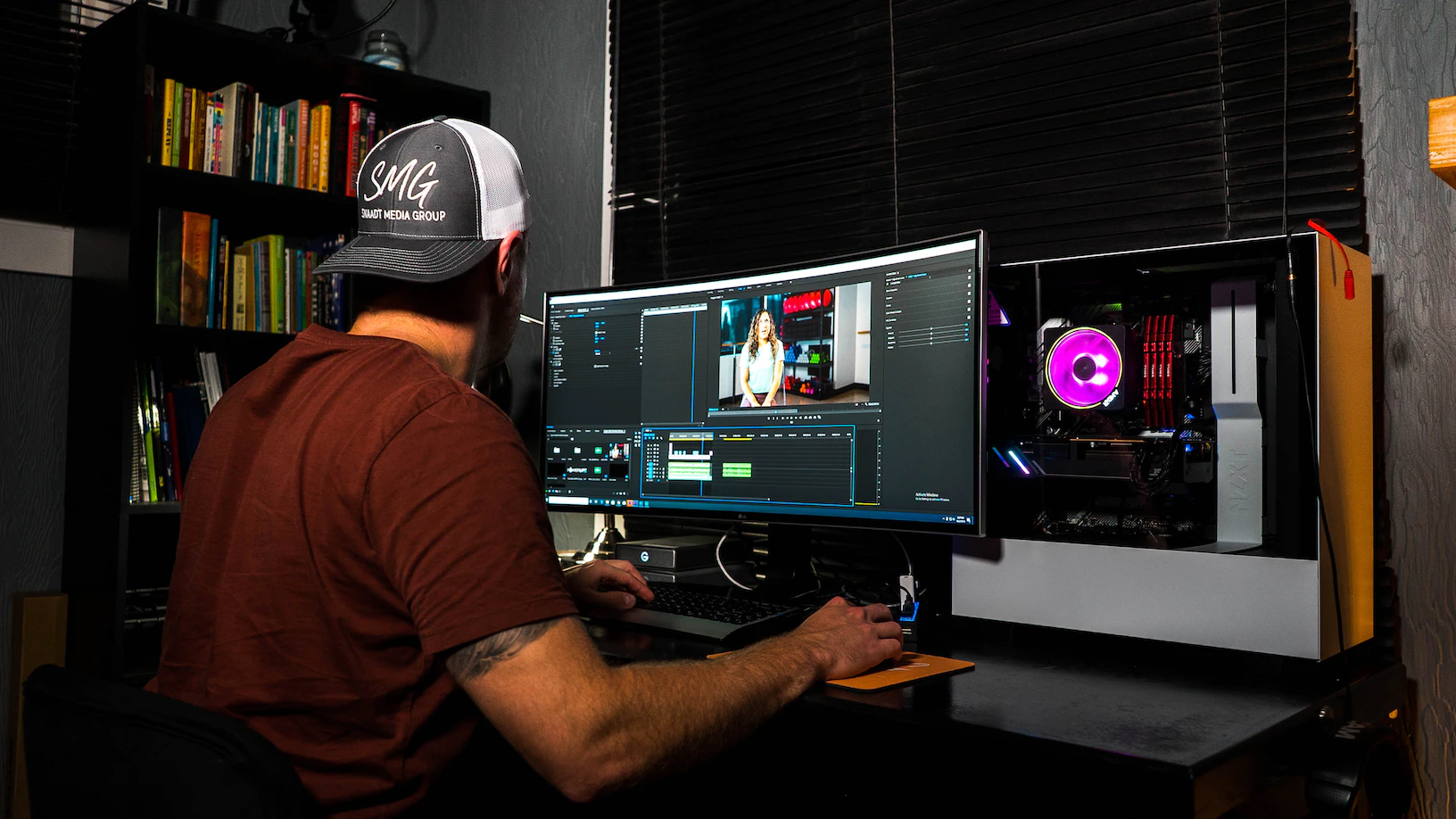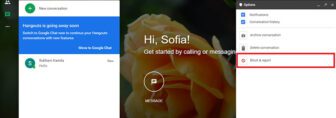Behind The Scenes: How To Use Screen Recording For Tutorials And Demos

Today, videos constitute nearly 80% of the total internet traffic. Both professionals and amateurs create various types of videos, and the easiest way to generate captivating content is to record a screen. This versatile method enables people to easily convey messages, share instructional content, and demonstrate their skills. In this article, we’ll explore how to make the most of the power of screen recording and create engaging visual content. These tips and tricks will help you craft tutorials and demos that leave a lasting impact.
Benefits Of Using Screen Recording For Tutorials And Demos
Tutorial and demonstration videos are indispensable tools in the modern digital landscape. They convey messages effectively, making learning not only efficient but also enjoyable. Screen recording is a valuable tool for creating these types of videos, and here are the advantages:
Visual Clarity
Screen recording allows you to capture your computer screen, ensuring that viewers see exactly what you’re doing. This enhances the clarity of your tutorials and demos, making it easier for your audience to follow along.
Ease Of Creation
Even those with minimal technical know-how can start creating videos using intuitive screen recorders. Besides, there are many learning resources to master screen recording on any device, and you can easily learn how to record a video on Mac.
Cost-Effective
You don’t have to buy fancy equipment or studio setups to create captivating videos. A decent computer with recording software can yield professional results.
Time Efficiency
Creating screen recordings can be more time-efficient than live demonstrations or any other type of video. You can pre-plan and record content, saving you from potential errors or interruptions during a live presentation.
Versatility
Screen recording is suitable for a wide range of topics, from detailed software tutorials to comprehensive academic lectures or any digital-based instruction. It enables content creators from various fields to leverage the HD screen recorder to cater to diverse audience needs and interests.
Direct Engagement
Interactive features like mouse movements, clicks, and keystrokes make the content easier to follow. Annotations, highlights, and zoom-in features guide viewers through the content and make it more engaging.
Flexibility
Viewers can pause, rewind, or slow down specific sections of screen-recorded tutorials and demos. It allows them to tailor their learning experience to their individual pace and comprehension level.
Step-By-Step Guide To Recording Tutorial And Demonstration Videos
Creating effective demos and tutorials requires time and effort. This comprehensive guideline offers valuable insights and tips to help you produce engaging and informative content.
Prepare And Plan
The preparation stage matters a lot for a consistent, high-quality recording process. Here are the three elements of successful planning:
- Identify your target audience and objectives. You should start by defining your intended audience: beginners, intermediate users, or experts, to tailor your content appropriately. Additionally, establish clear goals to guide the content creation process, like what you want your viewers to learn or take away from your videos.
- Select the right software and tools. It’s crucial to choose the screen recording software that best suits your needs. Consider ease of use, compatibility with your operating system, and available features. Supplementary tools can enhance your content, such as video editing software or graphic design tools.
- Organize and script your content. You should outline the key points in your tutorial or demonstration to ensure a smooth flow. Detailed notes outline what you’ll say and demonstrate in each section of your video, helping you stay on track.
Record And Edit The Video
Once you are well-prepared, you can move on to the main part of creating video demos and tutorials. These tips will guide you through the complex process:
- Guide to setting up your recording. Firstly, open and familiarize yourself with the interface and settings of the chosen recording software. Then select the specific screen or application window you want to record and adjust the recording settings. Enable features to make your actions more visible to viewers and confirm the recording.
- Capturing high-quality visuals and audio. When you start recording, ensure there are no distracting background noises. You can use a good-quality microphone to capture clear audio and speak clearly. As you demonstrate steps or concepts on the screen, move the cursor smoothly and deliberately to make it easier for viewers to follow.
- Editing and enhancing your recorded content. Then review your video and trim unnecessary parts to keep it concise and engaging. You can add captions and annotations to highlight key points. Enhance visual clarity by adjusting brightness, contrast, and color balance if needed. Export your edited video in a suitable format and resolution.
Share And Distribute The Content
The final stage of the recording process is output sharing. No matter how good your video is, if you don’t make it accessible and promote it effectively, you won’t succeed.
- Choosing the right platform for your content. You should select a video hosting platform that aligns with your goals and target audience. Share educational content via Coursera or Teachable, while TikTok and Instagram are good for promotional or entertaining videos. Here are useful tips on how to create videos for TikTok.
- Strategies for maximizing reach and engagement. Then optimize the video to improve its searchability and attract viewers with relevant keywords and eye-catching thumbnails. Promote your videos and collaborate with influencers or industry experts. Encourage viewers to interact with your content and foster discussions.
- Gather feedback. Ask your audience specific questions or create polls or surveys related to your content to refine your future videos. You should also monitor video analytics to gain insights into viewer behavior and their preferences. And finally, acknowledge feedback, both positive and constructive, and show appreciation for your viewers’ contributions.
Conclusion
Now you know the benefits of using a screen recorder for generating powerful demos and tutorials. We hope this step-by-step guide will help you prepare to create stunning and meaningful videos. Good luck in crafting the recordings that captivate, educate, and inspire your audience.
Read Also:


























